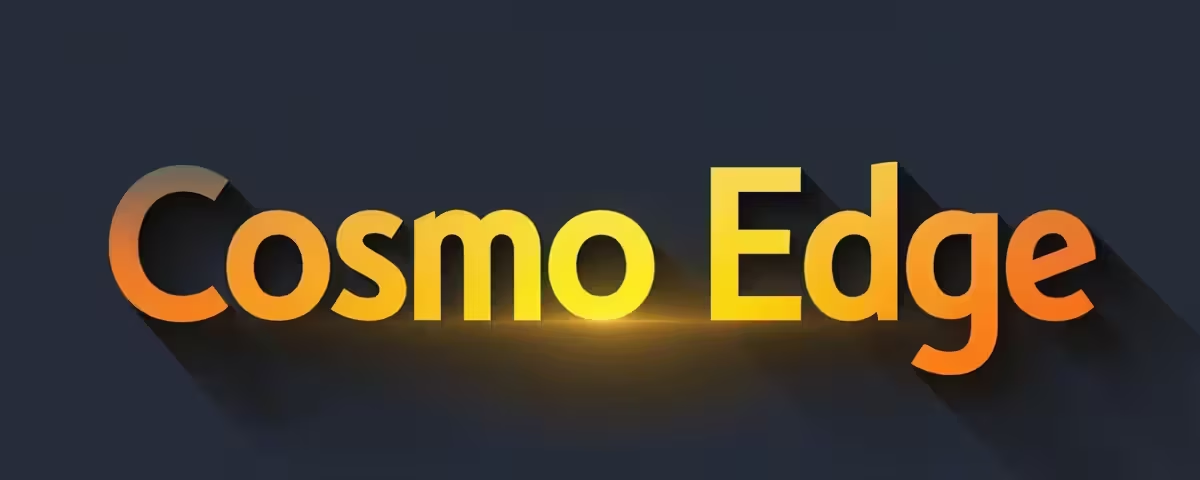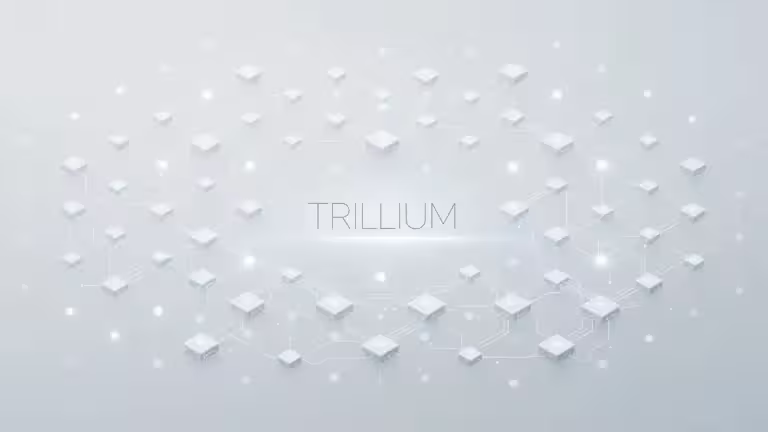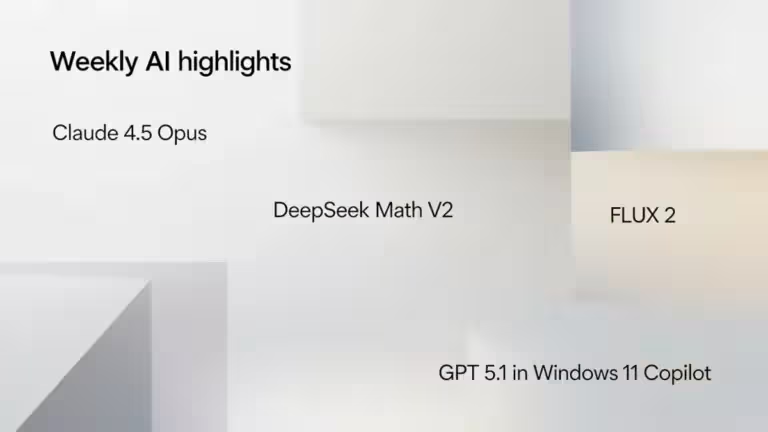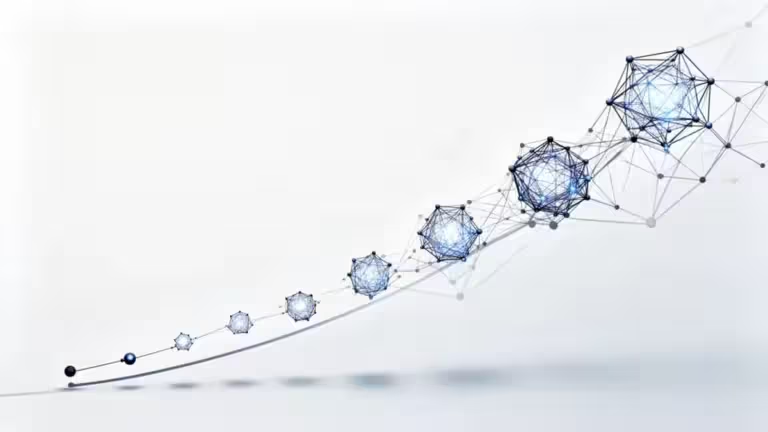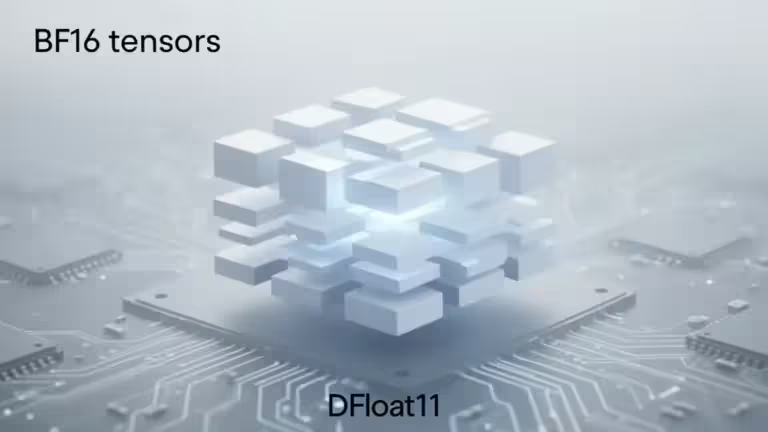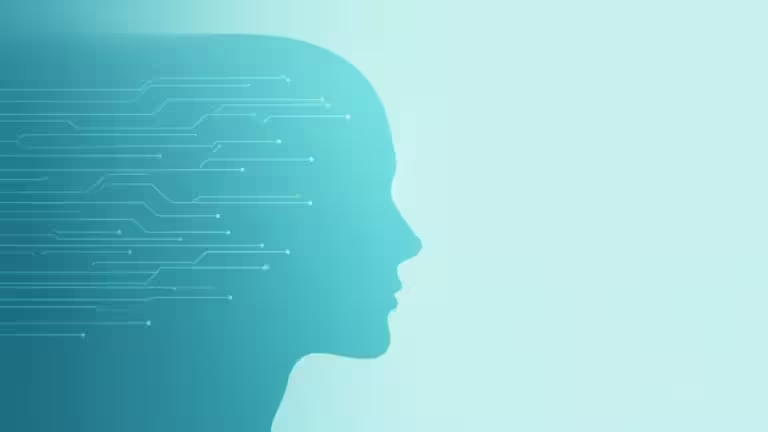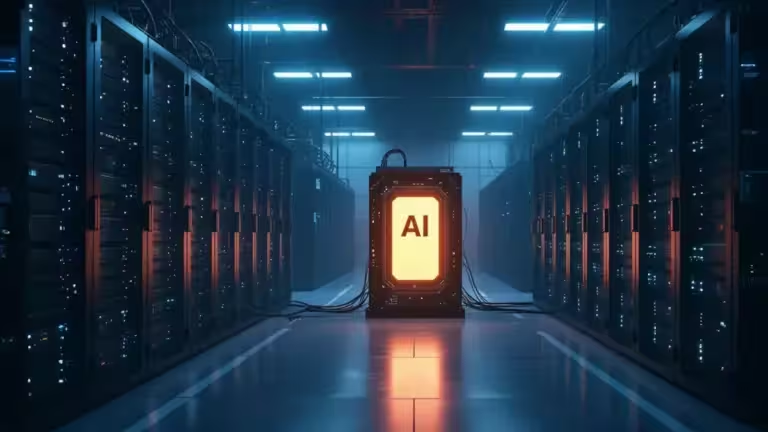OpenAI DevDay 2025: all key announcements on ChatGPT, Codex, and Sora 2
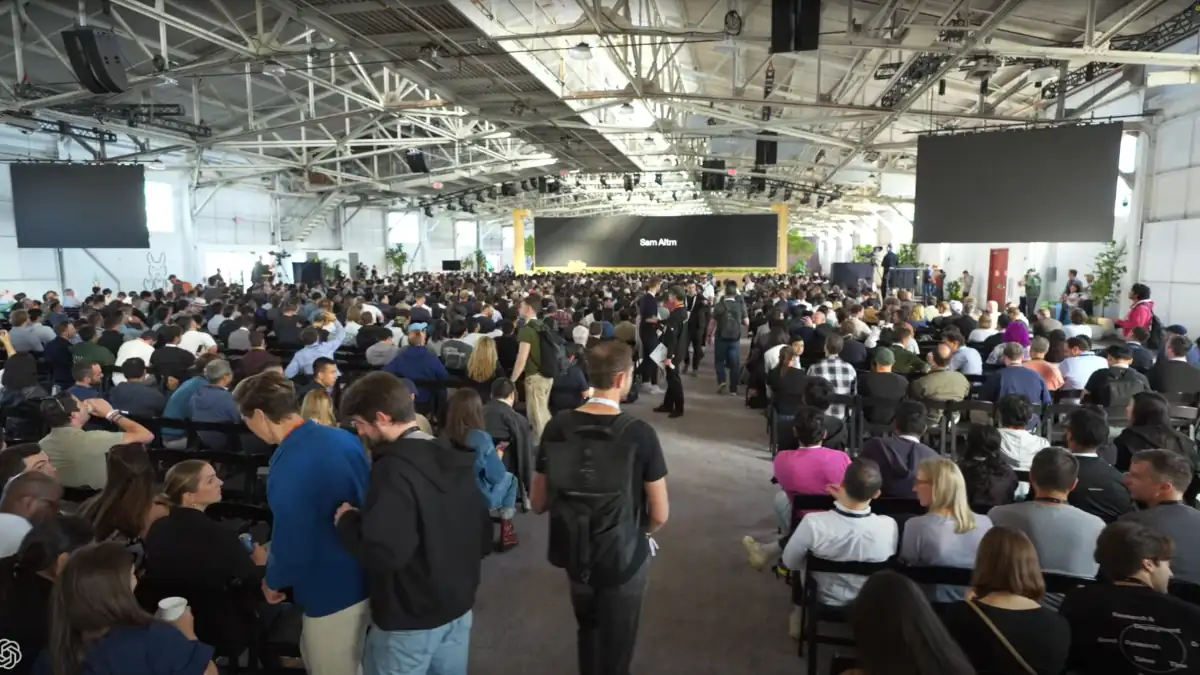
On October 9, 2025, OpenAI held its flagship event DevDay 2025 in San Francisco. More than 1,500 developers attended to discover what’s next for ChatGPT, Codex, and the Sora 2 video model. This conference marks a strategic shift: OpenAI no longer wants to be just a model provider, but the driving force of a new ecosystem where ChatGPT becomes a platform and a conversational browser.
ChatGPT evolves into an app and agent platform
The first major announcement was the arrival of integrated apps inside ChatGPT, powered by a new Apps SDK that lets developers create interactive applications directly within the interface. OpenAI has already signed partnerships with Canva, Figma, Spotify, Coursera, and Zillow, allowing users to design logos, play music, or browse real-estate listings without leaving ChatGPT (Forbes).
Another major reveal was AgentKit, a low-code toolkit for building autonomous agents. Positioned as a direct competitor to Zapier and Lindy AI, AgentKit connects APIs, automates workflows, and integrates enterprise systems. According to OpenAI, the goal is to make these agents more reliable and secure, though developers remain divided on how effective that will be.
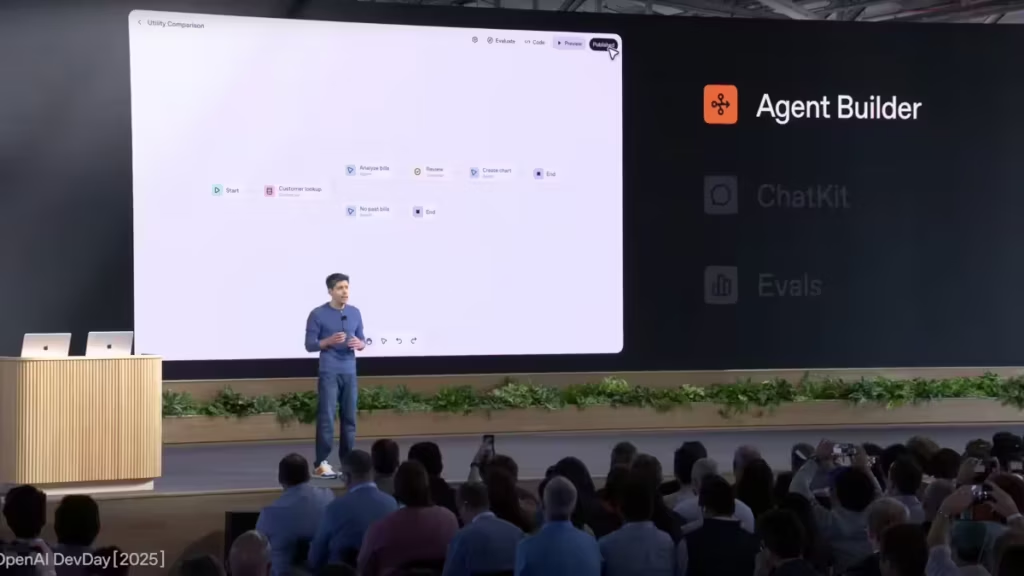
In short, OpenAI is positioning ChatGPT as a new “conversational OS”, capable of merging apps, agents, and transactions into a single continuous chat flow.
Codex goes into full production with GPT-5
While much of the media attention focused on ChatGPT’s apps, the most strategic announcement was the general release of Codex, OpenAI’s model specialized in code. Now rebranded as GPT-5 Codex, it can work for hours on complex software projects, scale its compute power based on task complexity, and even perform in-depth code reviews.
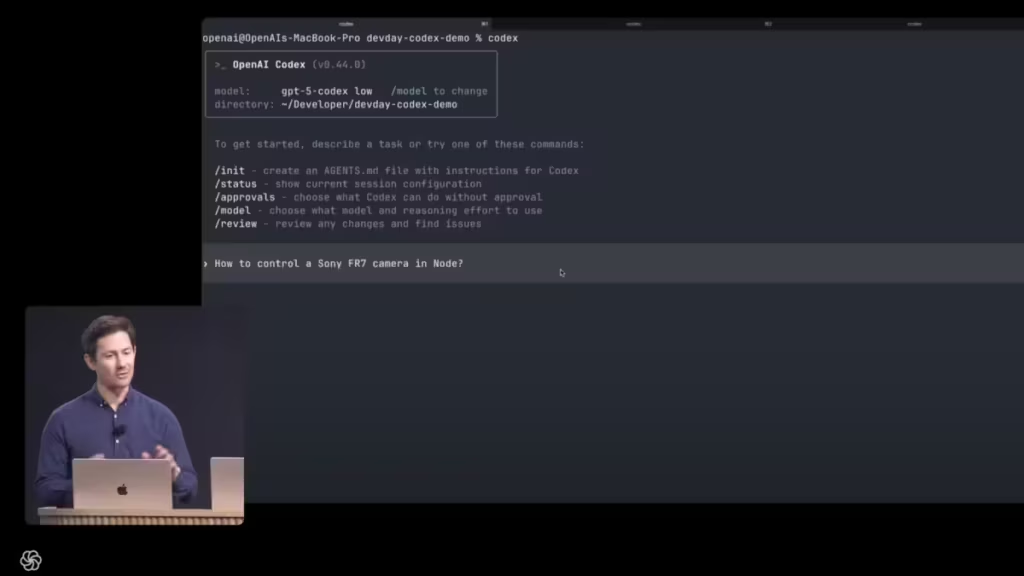
According to VentureBeat, 92% of OpenAI’s own engineers use it daily, leading to a 70% increase in weekly pull requests (VentureBeat). Cisco has already integrated Codex into its internal workflow, cutting review times in half.
With a Codex SDK and a Slack integration, OpenAI clearly targets enterprise adoption. The vision: transform Codex from a smart assistant into a true autonomous co-developer for software teams.
Sora 2: AI-generated video reaches a new milestone
Another highlight of DevDay 2025 was the unveiling of Sora 2, OpenAI’s next-generation AI video model. Available via API and through a consumer app, Sora 2 can now generate realistic videos with synchronized audio. OpenAI aims to position it against Pika Labs and Runway, while emphasizing its superior integration with the OpenAI ecosystem.
Demos showcased 768×768 videos with audio, rendered in just minutes on NVIDIA H100 GPUs, a significant leap over the first Sora model. As Forbes noted, this demonstrates OpenAI’s ambition to turn ChatGPT into a creative and multimedia hub, extending far beyond text and code.
A strategy built around the “conversational browser”
Behind these announcements lies a clear vision: ChatGPT wants to become the new browser for the post-search era. Where Chrome and Safari dominate the visual web, OpenAI is betting on a conversational interface where users type or speak requests, and apps, agents, and content execute directly in the chat thread.
This transformation raises questions about platform lock-in, app monetization, and data privacy. Some observers on X (Twitter) already compare it to Apple’s model, where OpenAI could control access to apps and user data. Others, however, see it as a welcome simplification of the digital experience, particularly in emerging markets where the ChatGPT Go subscription (<$5/month) is rapidly gaining traction (Twitter buzz).
What it means for developers and enterprises
One of the strongest promises of OpenAI DevDay 2025 is offering developers an entirely new distribution channel. With the Apps SDK, an application can be built, tested, and deployed directly inside ChatGPT, instantly reaching over 800 million weekly users. For software publishers, that means direct exposure to a massive audience without relying on Apple’s App Store or Google Play.
But this opportunity comes with a tradeoff: greater dependency on the OpenAI ecosystem. Much like mobile developers tied to iOS or Android, OpenAI will control the rules of monetization and validation. It’s both a chance (visibility, faster deployment) and a risk (lock-in, fees, evolving policies).
For enterprises, the arrival of GPT-5 Codex changes everything. Tools like GitHub Copilot or AWS CodeWhisperer were primarily aimed at individual developers, while OpenAI’s goal is to become the mission-critical solution for large teams. With its Codex SDK, Slack integration, and comprehensive review capabilities, Codex positions itself as a co-developer that accelerates delivery cycles and reduces costly coding errors (VentureBeat).
Competitively, this places OpenAI head-to-head with major players like Google (Gemini), Anthropic (Claude), and Amazon (CodeWhisperer), as well as open-source challengers such as Mistral and DeepSeek. The real battle is not just technological but also about who can build and retain the largest developer ecosystem.
Regulatory and ethical risks
As ChatGPT evolves into a conversational browser hosting third-party apps, regulatory risks are multiplying. The European Union, under the Digital Markets Act (DMA), has already warned that it will monitor platforms acting as “gatekeepers” closely (Forbes). By acting as an intermediary between users and services, OpenAI could fall into this category, facing strict requirements on interoperability, transparency, and data sharing.
From a privacy perspective, integrating apps such as Gmail, Google Calendar, or Slack raises serious questions: how can OpenAI ensure that personal or corporate data won’t be reused for model training or commercial exploitation? On X, some users already describe ChatGPT as a potential data mining tool, possibly vulnerable to misuse by governments or cybercriminals (Buzz Twitter).
Another risk lies in technological dependency. Companies that build internal tools on Codex or automate workflows through AgentKit become deeply tied to OpenAI. Any price change, policy shift, or service interruption could have major operational consequences.
ChatGPT, the future OS of the web?
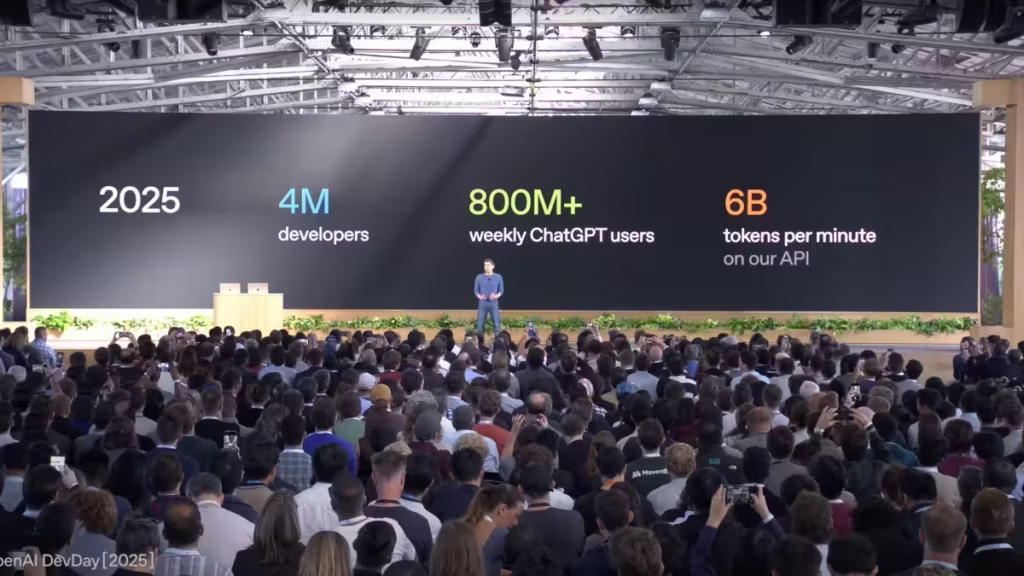
Beyond the technical news, DevDay 2025 reads like a mission statement: OpenAI wants ChatGPT to become the main entry point to the digital world. Just as browsers structured the web era, OpenAI is betting on a conversational interface that brings together search, creativity, automation, and communication in a single space.
The idea of a “conversational OS” isn’t new, but OpenAI is the first to combine three decisive advantages:
- A massive user base
- A versatile range of models (GPT-5 Pro, Codex, Sora 2, real-time mini models)
- An integrated distribution framework (Apps SDK + AgentKit)
The success of this vision depends on three factors:
- User trust regarding data security and privacy
- Developer adoption, tied to transparent and fair monetization
- Regulatory and competitive responses, which could slow excessive concentration of power
If OpenAI manages to balance these elements, ChatGPT could indeed become the new browser of the post-search era, where search, creation, and action merge seamlessly within a single conversational thread.
Your comments enrich our articles, so don’t hesitate to share your thoughts! Sharing on social media helps us a lot. Thank you for your support!
